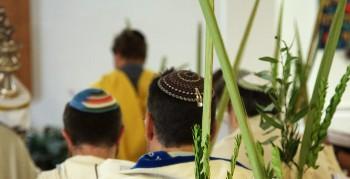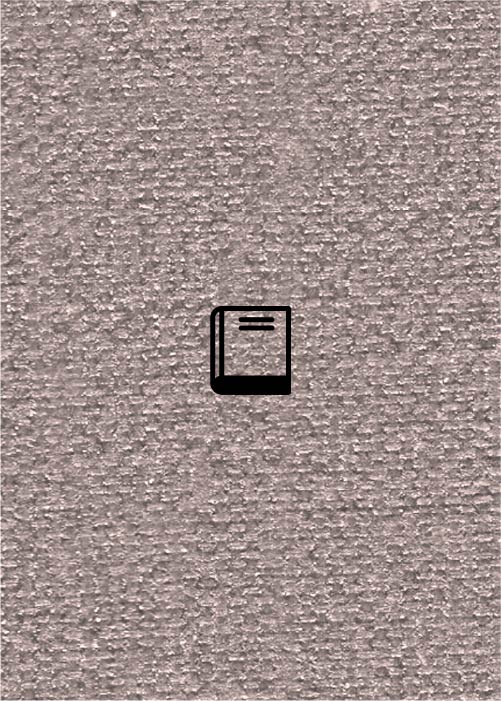The Piyyut 'Anim Zemirot,' also known as 'Shir HaKavod' (Song of Glory), usually appears in the Ashkenazi Siddur at the end of the morning Shabbath prayers, after the Mussaf service. In some Israeli synagogues the prayer is moved to an earlier part of the service, after the Shaharit service but before the reading of the Torah portion. One reason for this change is to assure that the prayer is chanted with intent and by most of the congregation, rather than at the end, when the congregants are in a hurry to get home for their Sabbath morning meal. Some communities only say the prayer on Yom Kippur eve after the Shir Yehud.
One ancient manuscript claims that 'the song was created by our rabbi Yehuda HeHasid of Regensburg,' therefore the Piyyut is attributed to Judah ben Samuel HeHasid, who lived in the 13th century and wrote Sefer Hasidim. However, in HeHasid's writings it appears that he was already familiar with the Piyyut. It is therefore possible that it was written a century or two before him. In Rabbi Jacob Emden's (also know as Ya'avetz) Beit Ya'akov Siddur, an interpretation to one of the last lines of the Piyyut is offered. There, the word 'rash' in the line 'Tikar shirat rash be'eynekha keshir yushar 'al korbonekha,' is interpreted as an allusion to Rabbi Shmuel HeHasid, Yehuda HeHasid's father.
The Piyyut is known as Shir HaKavod (Song of Glory) because it used to be preceded by the chanting of the verse 'Lift up your heads, O you gates! Lift up, you everlasting doors! And the King of glory shall come in,' (Psalm 24, 9), and possibly because the Piyyut deals with the glory of God.
There are two conventions for chanting the Piyyut. The first is responsorial singing: The Hazzan reads a line and then the congregation reads the Piyyut's next line, and so forth. In the second convention, the congregation reads the entire text together. In synagogues where the Piyyut is sung in a responsorial manner, it is customary to let a child who has not yet had his Bar Mitzvah chant the prayer. Some claim that the reason for this custom is because only a young and innocent child can speak to God so directly. It is difficult to determine when this custom began, but it can be assumed that Jews of German decent in Israel and other communities that were influenced by them spread the tradition of children reciting the Piyyut.
Lyrically, the Piyyut can be split into two parts. In the first, the reciter asks to describe God, despite the difficulty in doing so because God's greatness is indescribable. The only way to do so is by elaborating on God's actions and deeds on Earth. In the second section, the intimate relationship between God, the Israelites and Moses is described and there is a request that the Piyyut will please and be accepted by God.
The Piyyut is assembled in lines without verses or a refrain. In every line there is an internal rhyme scheme, but the different lines do not rhyme with each other. From the fifth line onwards, the first letter of each line forms an acrostic that spells out the Hebrew alphabet.
It is customary to recite the Piyyut when the ark holding the Torah scroll is opened. In his book Shnei Luchos ha-Bris (also known by its abbreviation Shelah), Rabbi Isaiah Horovitz writes that this Piyyut is to be recited at ease. Therefore, some chant it after the Kiddush, while having a snack in the synagogue.
Melodies
This Piyyut has a few melodies associated with it, three in particular that are well-known.
Melody 1: melody from an unknown source.
Melody 2: This melody is in the minor mode and it most likely originated in the Jewish communities of Germany where it is known with some minor changes as 'Hadar VeHod' and recited during the Mussaf service of Rosh HaShanna.
Melody 3: Melody sung in the Ahava Raba mode, and generally has a faster tempo than the other versions.
Chabad Nusah (LINK 4)
A melody by Rebbe Shneur Zalman of Liady, also known as the Old or Alter Rebbe, the founder of the Habad Hassidic movement. His version of the piyyut became part of the Habbad Nusah. Later, Rabbi Menachem Mendel Schneerson (the Lubavitcher rebbe) who was the seventh Admor of Habad, taught this melody to his followers.
In Habad's songbook Sefer Ha-Niggunim, a story is told about how the melody was passed down: It was after Yom Kippur in a small town, some of the townsfolk went to the synagogue in order to pray and found one of the Polish Hassids dancing by a beam to the melody of Shir HaKavod. The Hassid was so caught up in his dancing that it lasted all night and he forgot to break his fast. According to Habad folklore, it is believed that the dancing Hassid was the Lubavitch Rebbe.
Additional Melodies
Additional melodies to Shir Ha-Kavod have been found that were composed specifically for the High Holy Days and Simhat Torah. Furthermore, there are modern melodies and adaptations to existing melodies that are sung at festivals and other events beyond the synagogue setting.





